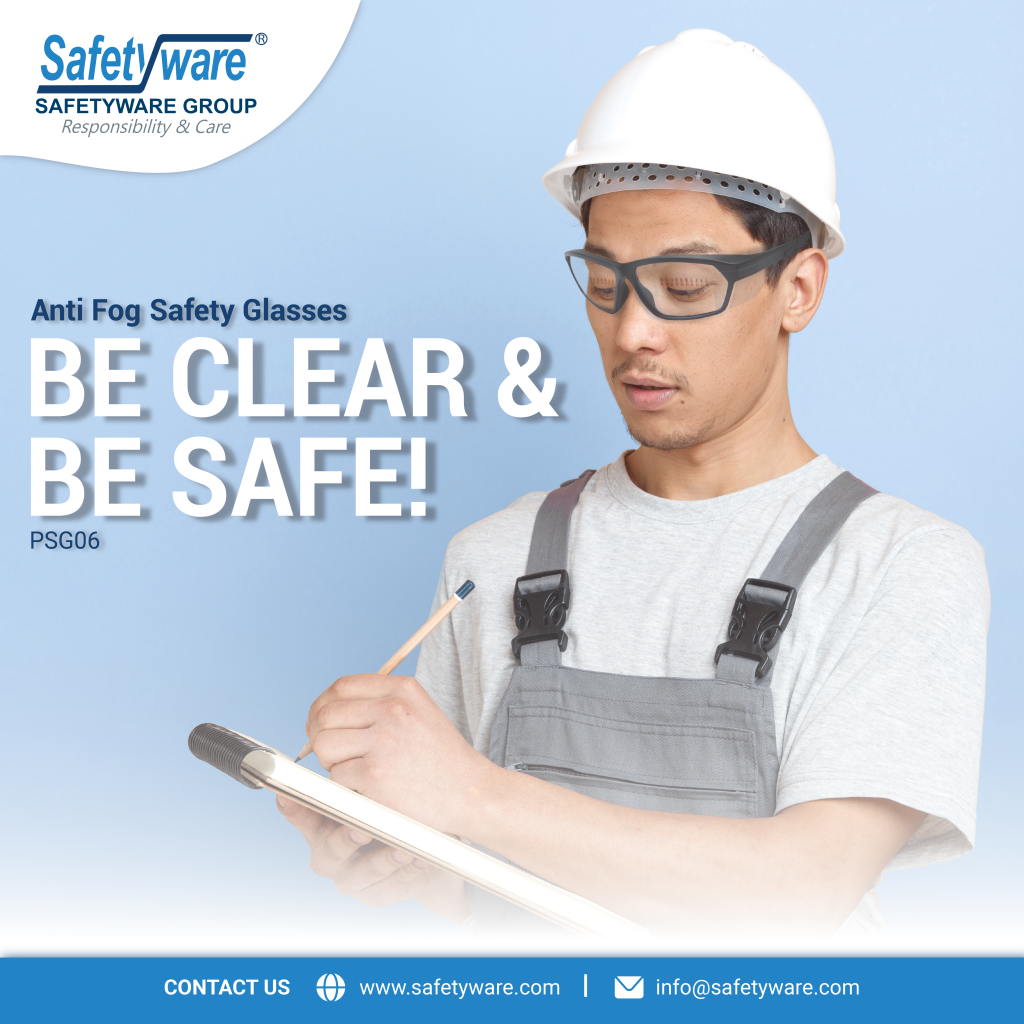Eye protection is a fundamental aspect of workplace safety that plays a crucial role in preventing occupational injuries and safeguarding the vision health of employees. In various industries such as construction, manufacturing, healthcare, and laboratories, workers are exposed to a wide range of hazards that pose risks to their eyesight. Implementing proper eye protection measures is essential to mitigate these risks and create a safe work environment. Let’s explore the significance of eye protection in preventing occupational injuries:

1. Protection Against Physical Hazards:
In many workplaces, employees are exposed to physical hazards such as flying debris, splashes of chemicals, dust particles, and sharp objects that can cause eye injuries. Wearing appropriate eye protection, such as safety glasses, goggles, or face shields, helps create a barrier between the eyes and potential hazards, reducing the risk of injuries.
2. Prevention of Chemical Exposure:
Workers in industries handling chemicals, solvents, and hazardous substances face the risk of eye exposure to harmful liquids and vapors. Chemical splashes can cause severe eye damage, including burns, irritation, and vision impairment. Chemical-resistant goggles and face shields provide effective protection against chemical splashes and fumes, safeguarding the eyes from harm.
3. Reduction of Dust and Particulate Exposure:
In environments with high levels of dust, airborne particles, and allergens, employees are at risk of eye irritation, abrasions, and respiratory issues. Safety goggles or protective eyewear with sealed frames help prevent dust and particulates from entering the eyes, reducing the likelihood of irritation and injuries.
4. Prevention of UV Radiation Damage:
Workers exposed to ultraviolet (UV) radiation from sunlight, welding arcs, or UV lamps are at risk of developing eye conditions such as cataracts, photokeratitis, and macular degeneration. UV-blocking safety glasses and welding helmets with shaded lenses provide protection against harmful UV rays, reducing the risk of long-term eye damage.
5. Compliance with Safety Regulations:
Occupational Safety and Health Administration (OSHA) and other regulatory bodies mandate the use of appropriate eye protection in hazardous work environments to ensure employee safety and compliance with safety standards. Employers are responsible for providing suitable eye protection equipment and enforcing its use to prevent occupational injuries and maintain regulatory compliance.
6. Promotion of Safety Culture:
Emphasizing the importance of eye protection in the workplace fosters a culture of safety where employees prioritize their well-being and the well-being of their colleagues. By promoting the use of eye protection as a standard safety practice, organizations create a safer work environment and reduce the incidence of preventable eye injuries.
7. Early Detection of Eye Health Issues:
Regular use of eye protection can also contribute to the early detection of underlying eye health issues. Safety glasses and goggles provide a barrier that can prevent foreign objects from entering the eyes and causing irritation, allowing employees to maintain optimal eye health and seek timely medical attention if necessary.
8. Customized Eye Protection Solutions:
Different work environments require specific types of eye protection based on the nature of hazards present. Employers should assess workplace risks, provide appropriate eye protection gear tailored to the job tasks, and ensure that employees receive proper training on the use and maintenance of eye protection equipment.
In conclusion, eye protection is a critical component of workplace safety that plays a vital role in preventing occupational injuries, preserving vision health, and promoting a culture of safety in the workplace. By investing in quality eye protection equipment, enforcing safety protocols, and raising awareness about the importance of eye safety, organizations can create a safer and healthier work environment for their employees. Prioritizing eye protection not only reduces the risk of eye injuries but also demonstrates a commitment to employee well-being, regulatory compliance, and operational excellence.
